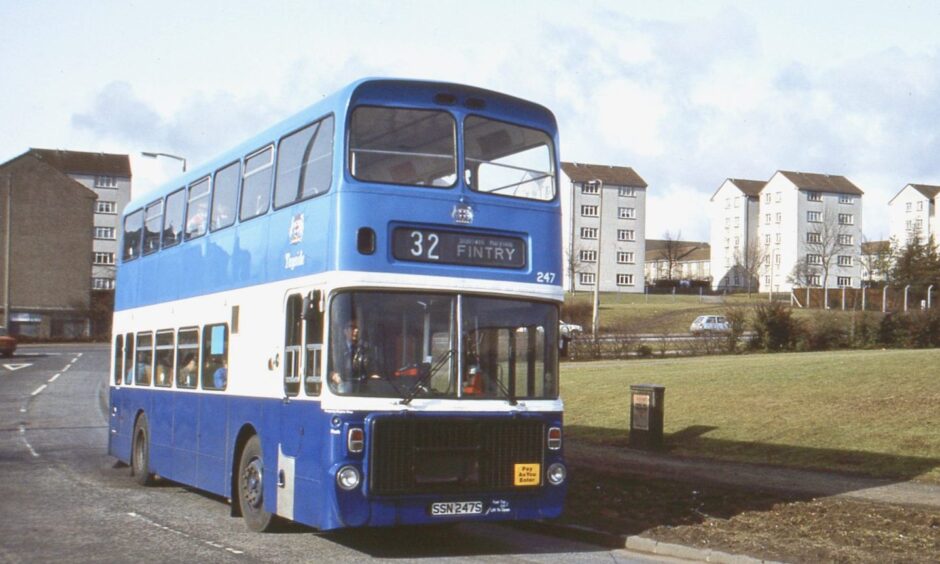
These pictures recall long-gone days when Volvo Ailsa blue and white double-decker buses ruled Dundee’s roads.
But why were drivers queuing up to drive them?
Tayside built up the largest fleet of them in the UK.
The Volvo Ailsa was a familiar sight for decades, after being introduced in 1976 during an era when smoking was permitted on the upper deck.
Ascend the stairs in the 1970s and 1980s and you would walk through a noxious cloud of tobacco smoke and arrive at work smelling of someone else’s cigarettes.
The Volvo Ailsa was a steady presence for 24 years, through economic and social changes including the slow decline of the city’s once-buoyant jute industry.
And that’s not to mention the changing face of Dundee passengers – from the flares of the 1970s and the shoulder pads of the 1980s to the shell suits of the 1990s.
Bus books series
Derek Simpson has always had a fascination for Dundee buses and has collected 10,000 photographs of the city’s fleet during his lifetime.
Originally this was a hobby for Derek, as he worked in a bank for 40 years before retiring and writing his first book in 2020 about the glory days of Dundee buses.
Two further volumes followed, and now comes this pictorial tribute to the Ailsa, which is the fourth book in Derek’s series and has been illustrated with over 170 photographs.
Derek said the Volvo Ailsa was a double-decker like no other.
The book is a celebration of the front-engined vehicle in all its different shapes and configurations with three different bus builders being chosen during the 24 years.
Derek told me: “Most, if not all, Dundonians of a certain age would have travelled on a Volvo Ailsa, as, for a number of years, they were the only bus type in the fleet.
“It is interesting to note the social changes that took place during their time in the city.
“Initially all had centre exits that would be removed in the early 1990s, mainly due to health and safety concerns and increased insurance costs.”
Smoking was permitted upstairs — a practice once commonplace but ultimately banned to improve to the travelling public’s environment and health.
Derek said: “When busy, particular on a wet cold day with all the windows closed, the upper deck could be a particularly grim place to be for a non-smoker.
“Windows were rarely opened and if it was damp the nicotine dripped off the roof on to the unsuspecting passengers which was quite disgusting — not to mention the smell.
“The buses could be really thick with smoke.
“Some days your eyes would be stinging.
“And they call them the good old days!”
Driver’s cab was a hot seat in summer
Alan Westwell introduced the Ailsa to Dundee after becoming director of public transport for Tayside Region when village and city were lumped together in 1975.
Alan had a distrust of British Leyland, which dominated the supply of buses.
His wide experience told him there had to be an alternative.
Alan was heavily involved in the design and concept of the bus, working collaboratively with Ailsa Truck and Bus Ltd, which was a wholly owned subsidiary of Volvo UK.
“Given their long association with the city, you could say that Alan’s instincts were spot on and Dundonians benefited from his foresight and intervention,” said Derek.
“In a time when rear engine buses were seen as modern, the Volvo Ailsa would buck the trend with its engine at the front.
“The driver would access the bus via a cab door and their driving position was right beside the engine, which gave them a high commanding view of the traffic.
“The driver would be nice and warm in the winter with the engine so close but obviously during the summer it could be a bit of a hot seat in more ways than one.
“The Ailsa would come to be recognised by its high-pitched whining engine noise.
“With the engine at the front and lack of weight at the rear, it meant that passengers experienced a rather bouncy ride downstairs – particularly if the bus was quiet.”
The Volvo Ailsa first took to the streets in Dundee on May 14 1976, operating on the Barnhill services initially.
The Volvo Ailsa bus would also have also been found on the 7/8 Circular and 13/14 City Centre to Ninewells Hospital, although both of those routes are now gone.
When the Ailsa arrived the Downfield/Ninewells Hospital, Sinderins/Fintry and Kirkton routes were still operated by a driver and a conductor.
The introduction of these buses would lead them to joining the driver-only and exact fare operation which was in widespread use on routes elsewhere in the city.
These bright, airy buses were the first new buses for the recently formed Tayside Regional Council and the first new blue buses to hit the city’s streets.
Derek said: “The drivers enjoyed the spirited performance of these new buses and they quickly became a favourite among them.
“Although it is not something that would happen today, during the festive period in 1976 Tayside ran services on Christmas and New Year’s Day with the Ailsa being used.
“Bear in the mind that in those days Dundee still had large numbers of older buses that had no power steering, meaning that driving was a physically demanding job.
“It was reported at the time that once the drivers found out that it would be the new Ailsa that would be used during the festive period, with their power and ease of driving, there was a queue of drivers waiting to sign up to the shifts.
“Due to their success in terms of reliability, fuel economy and public satisfaction, Tayside bought 161 of these machines between 1976 and 1983.”
Tayside were happy to loan their new buses as demonstration vehicles on behalf of the manufacturers to many operators across the UK.
This saw the city’s buses appearing as far a field as Bournemouth, Leicester, Cardiff and Ipswich in the 1970s and 1980s.
Derek used the Ailsa for his daily commute in 1979 when the maximum adult fare was 20p, concession fare was 6p (after 9am), children were 5p and a dog also cost 5p.
Changed days.
“I used the Ailsa from day one,” said Derek.
“I didn’t have a car until 1980 so I was on them daily.
“My daily commute was to Lochee so I was lucky that in 1979 the Douglas/Charleston route were allocated 20 of these new machines.
“They will always have a special place in my memory.”
In 1997 the move to accessible buses sounded the death knell for the Ailsa.
Tayside kept its last examples of the Ailsa fleet until 2000.
These buses have proved a great preservation project since being removed.
Some are kept locally by bus enthusiasts, which is a testament to their enduring appeal.
Can we expect a fifth book in Derek’s series now his fourth has hit the shelves?
“I have no plans at this time but that could all change in an instant,” he said.
“I didn’t think for a minute that I would do any more after the first one.
“And look what happened there!
“I certainly have enough photographs so never say never.”
- Dundee Buses – The Volvo Ailsa Years is available in local book shops.
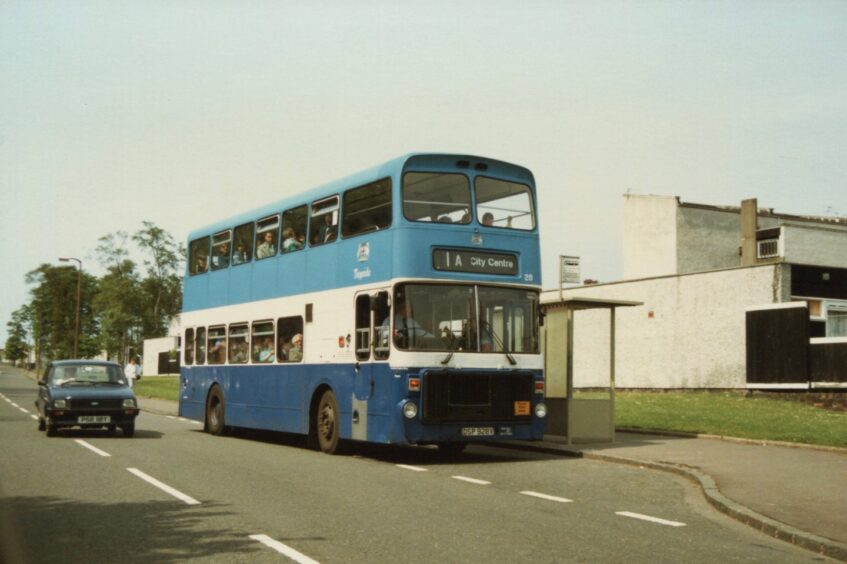
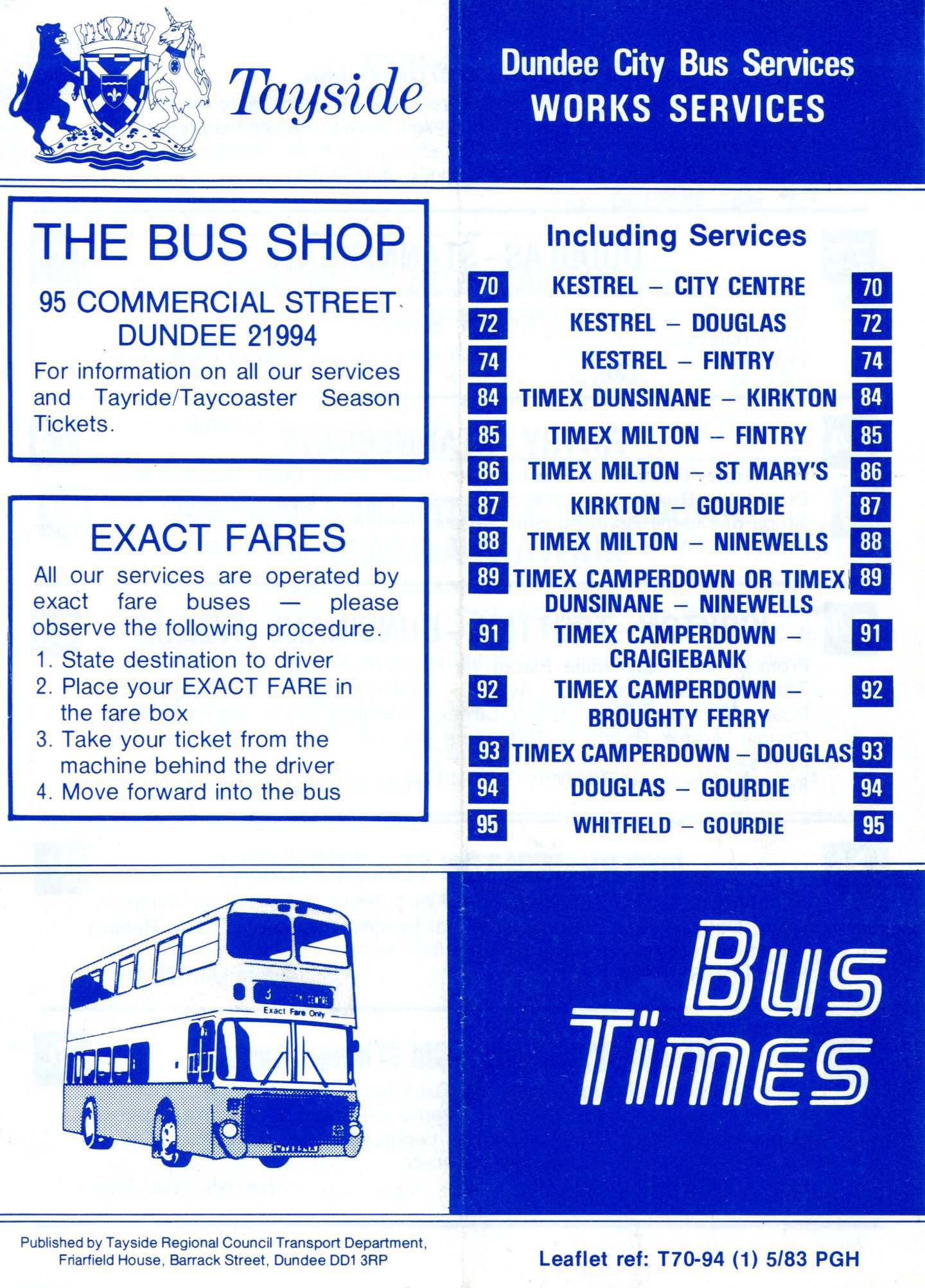
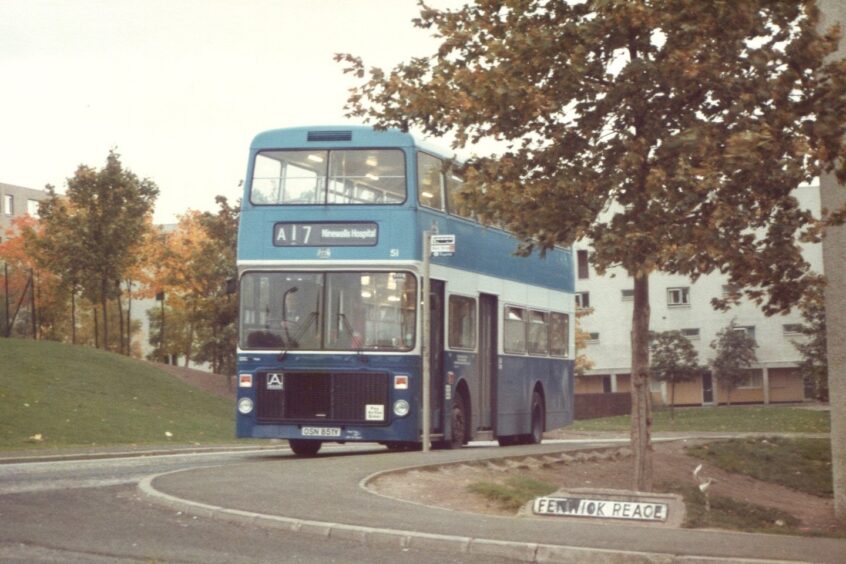
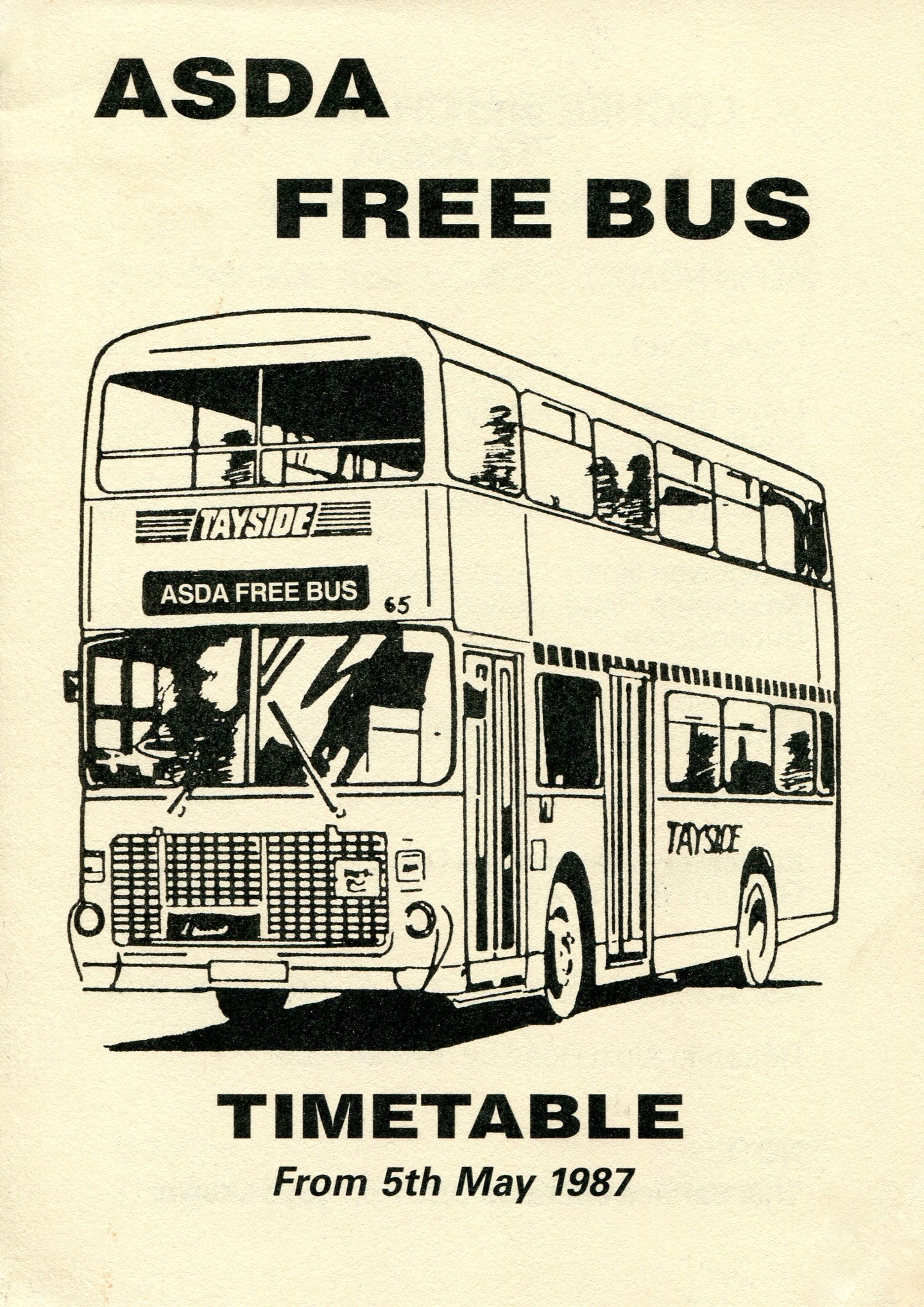
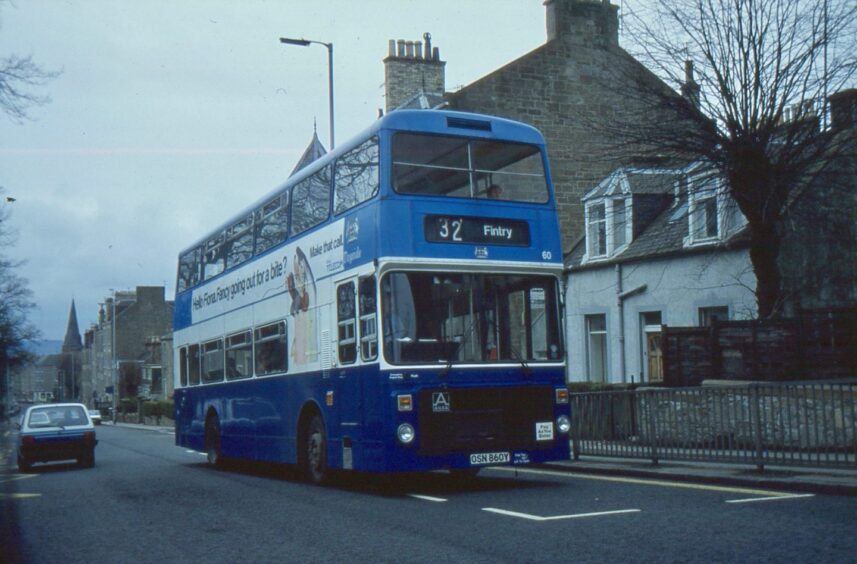
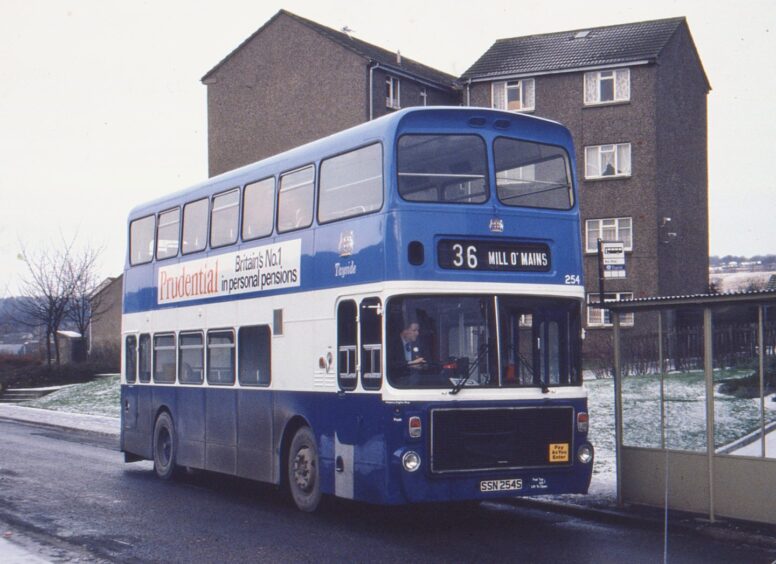
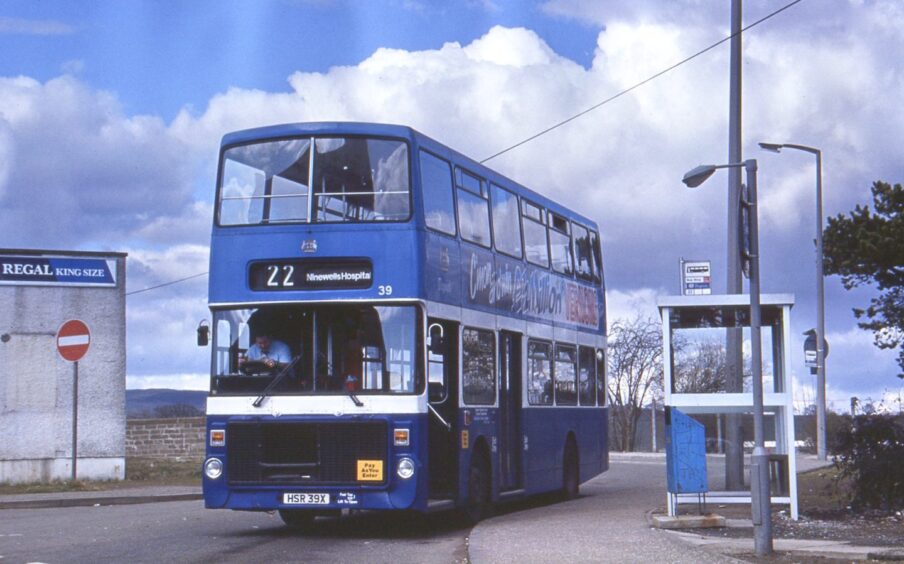
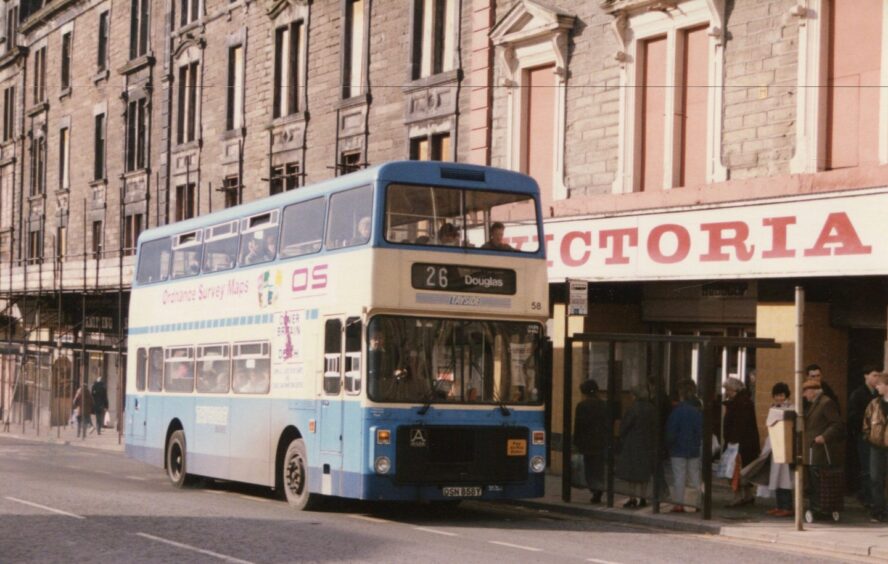
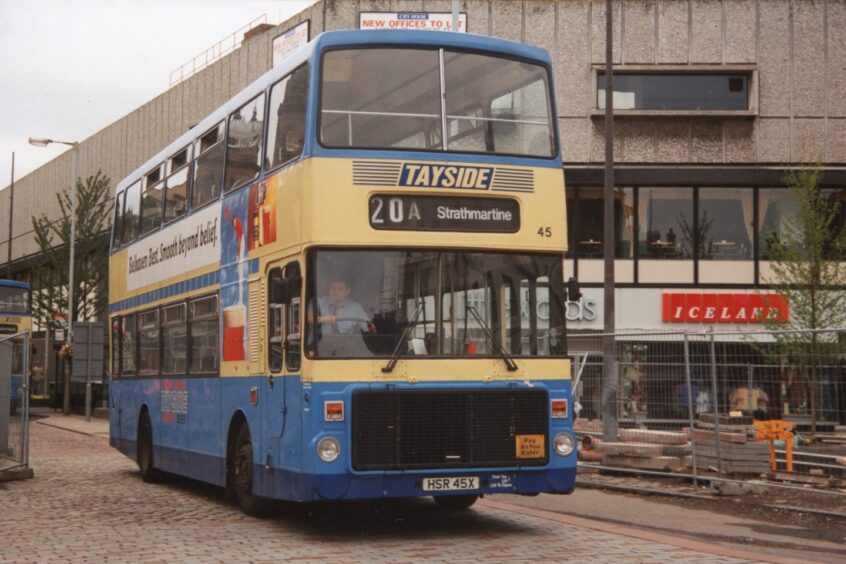
Conversation